Straight from the bottom of the sea - Macro Photography Session - Technical Description

Hi there everybody :)
I have always been fascinated by the way in which smaller objects can hold entire worlds within themselves. In this macro photography session, it was a simple conch shell that challenged me to look at it with more calm and curiosity. From a distance, it seemed discreet, with its neutral tones of gray and white, with small touches of burnt orange. But as I got closer with the lens, unexpected textures, elegant curves and a subtle palette that seemed hand-painted revealed themselves.
Photographing it is like exploring a miniature landscape sculpted by time and the sea. In this article, I share this visual journey, a dive into the details, where the small becomes gigantic and reminds us of the beauty that exists when we choose to look slowly and more closely.
Capture technique
Each decision, far from being merely mechanical, became almost ritualistic, an intimate conversation between me, the camera and the subject of the photo shoot.
I opted for manual focus, especially because the technique I use means that autofocus is not an option, and for this very reason you need to constantly adjust the lens. My hand is guided by the result in the viewfinder, adjusting millimeter by millimeter, until the most subtle curves gain the best possible sharpness.
The aperture fluctuated between f/4 and f/5, a range thought of as a compass between light and depth. This choice created a precious balance, the reliefs emerged with force, but without robbing the delicacy of the details.
I kept the ISO at 400, preserving authenticity and preventing digital noise from disrupting the visual smoothness of these very detailed surfaces.
I left the shutter speed fast enough to fix the sharpness, but flexible enough to accommodate the right light, as if I knew that, in the microcosm, even shadows need delicacy.

Let's see some results:

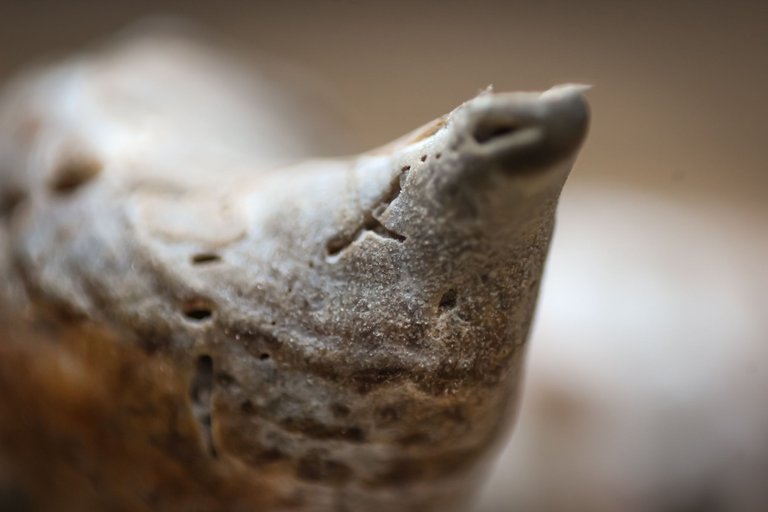

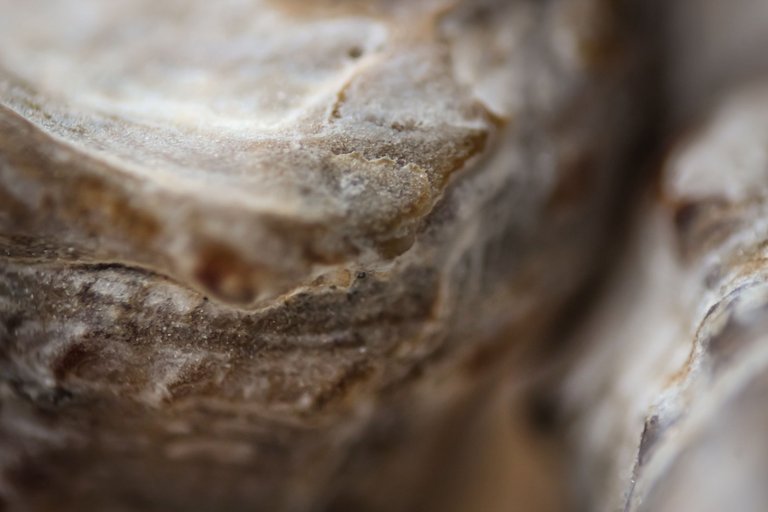

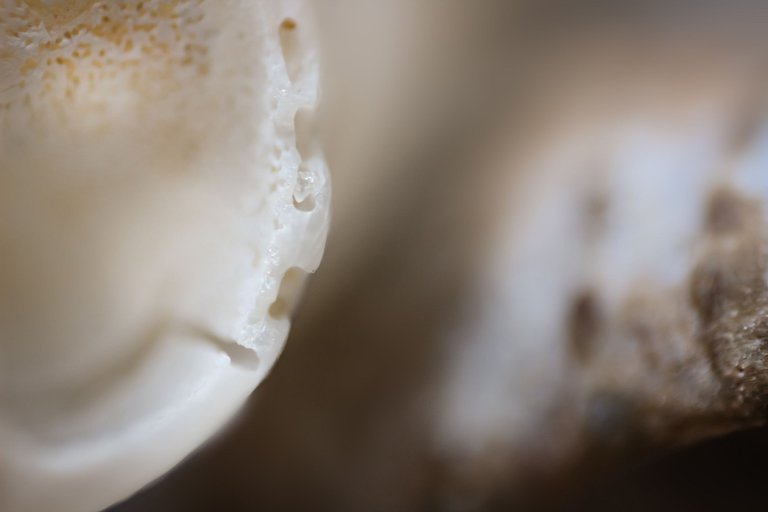

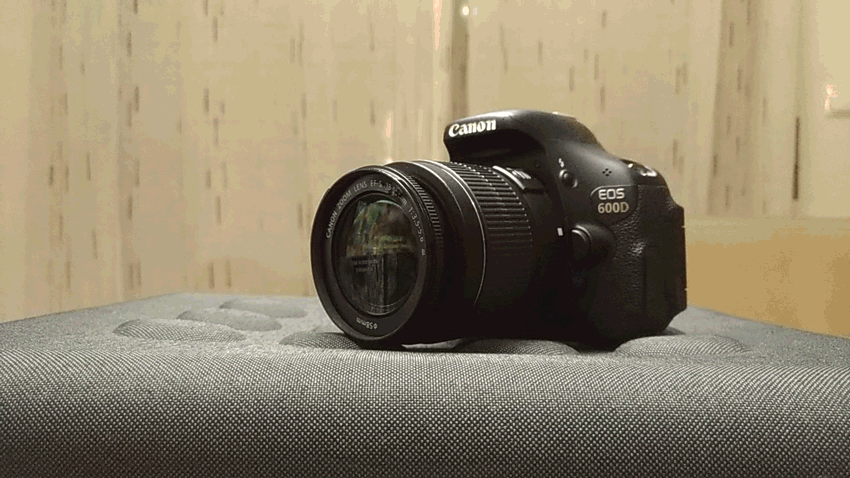
Among the numerous techniques available for macro photography, this method is arguably the most cost-effective and efficient for individuals possessing a camera with a removable lens. By simply detaching the lens and reversing its direction, and employing an inversion ring, the process becomes more manageable and streamlined.

Let's see some more:
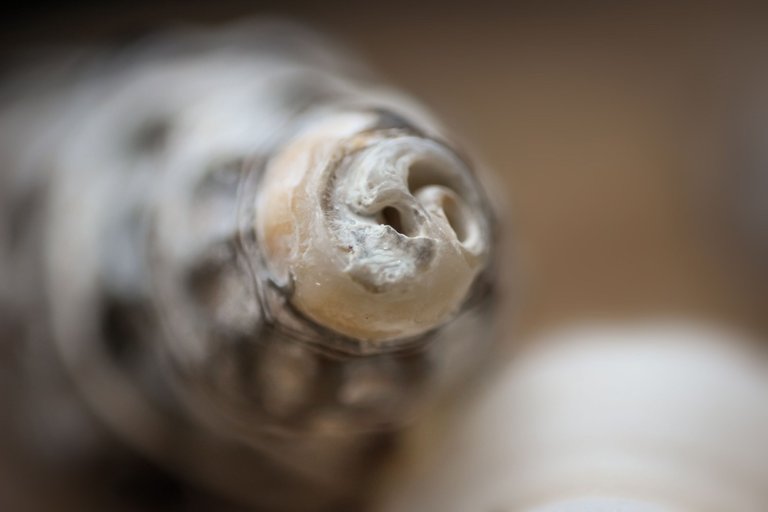

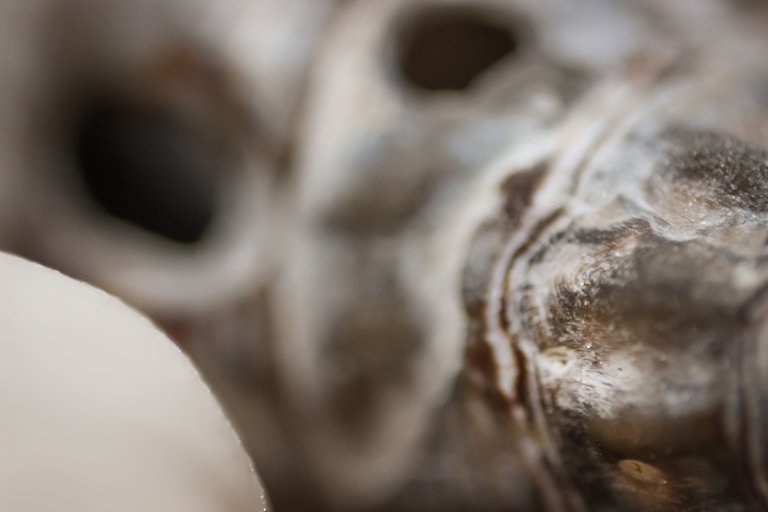
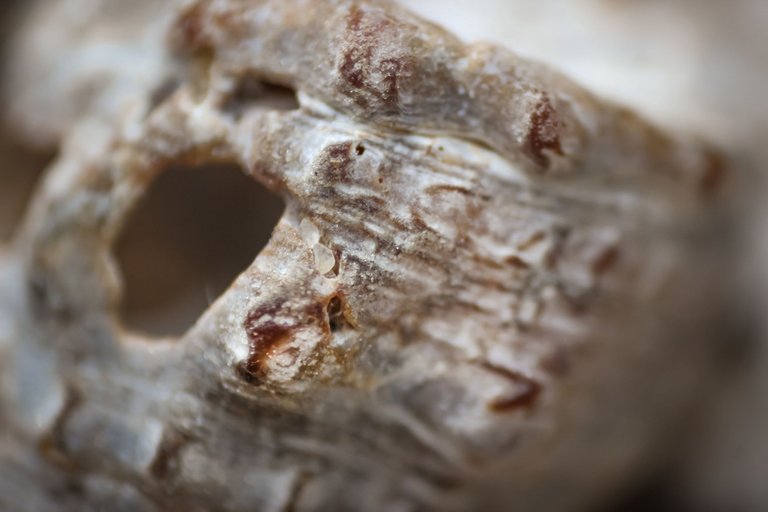
The session is closed for today.
Hope you like it :)

These photos weren't taken with a tripod
Camera - Canon EOS 600D
Lens - EFS 18-55mm
Location - Portugal


See you soon
Thank you for watching
Never forget
The price of anything is the amount of life you trade for it.
Time is life... value yours, make every fraction worth it :)
I love these macros. This is the only way to see the texture better and the layers are really lovely!
Thank you so muck for your kind words :) Super glad you like it :)